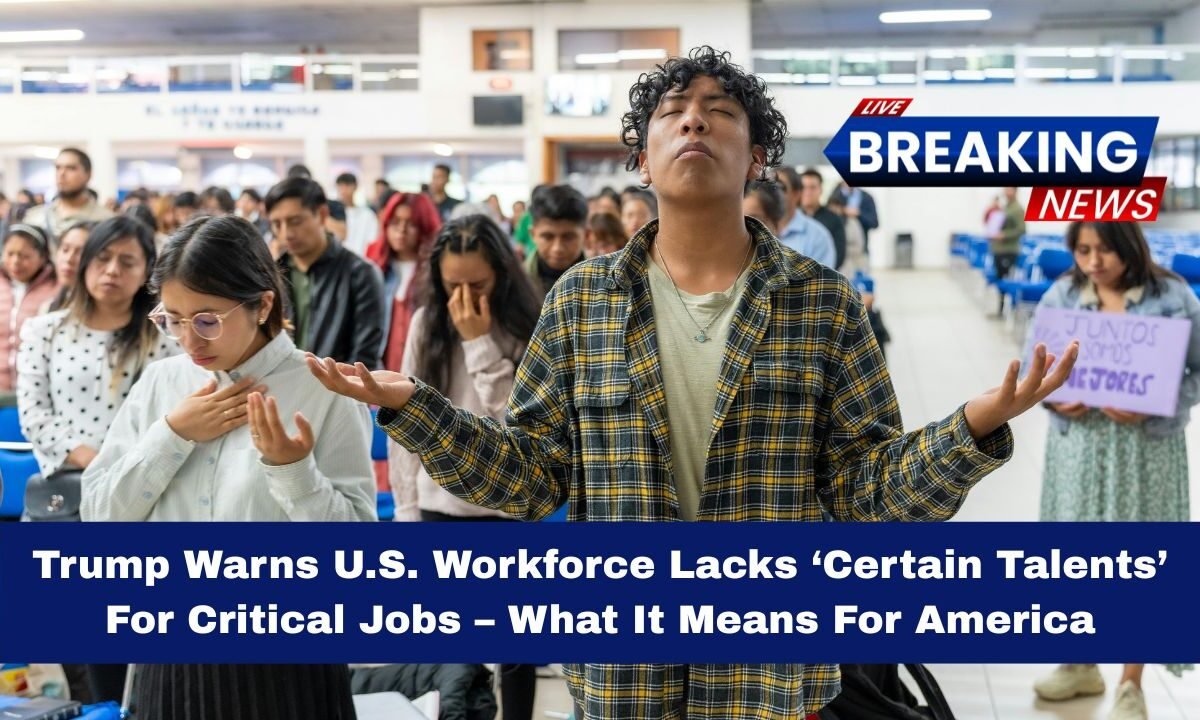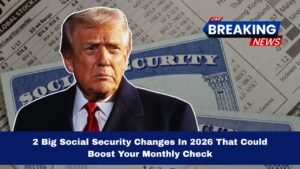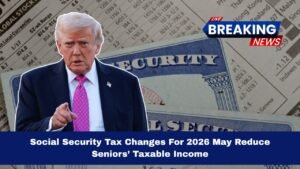In a recent high-profile interview, Donald J. Trump declared that the United States no longer has enough people with the “right skills” for critical jobs, sparking nationwide debate.
He argued that to maintain America’s competitive edge—especially in technology, manufacturing and national security sectors—the country must look beyond its domestic workforce.
This article delves into all the details: what Trump said, the facts around the workforce issue, who is affected, and what it might mean for the future.
What Trump Said and Why It Matters
Trump addressed the topic during a televised interview with Laura Ingraham, where they discussed the role of skilled labour and visa policy. He said:
“You don’t have certain talents in this country… you have to bring in talent.”
When pressed on whether Americans had sufficient talent, Trump responded:
“No, you don’t… you don’t have certain talents, and people have to learn.”
His comments link to the ongoing debate over visa programmes such as the H‑1B visa system and whether U.S. companies must rely on foreign-skilled workers to fill specialised roles.
Critics say this risks overlooking the capability of domestic workers, while supporters argue it reflects real skill shortages in certain sectors.
Key Facts & Figures on U.S. Workforce and Skills
Here are important figures and trends relevant to the discussion:
| Statistic | Description |
|---|---|
| Unemployment rate | Around 3.9% in recent months, showing a tight labour market. |
| Skill-gap estimate | Some studies estimate a shortage of 300,000+ skilled manufacturing jobs and a large number in tech and AI roles. |
| Visa workers in tech | A significant portion of new hires in tech (estimates range 15-20%) are foreign-skilled via programmes like H-1B. |
| Manufacturing jobs opened | Thousands of job openings in advanced manufacturing remain unfilled due to skill mismatches. |
| Training deficit | Many domestic workers lack specific credentials or technical certifications needed for high-end jobs. |
These data points suggest that while unemployment is low, mismatch—not necessarily lack of jobs—is the core challenge.
Why the “Talent Shortage” Argument Holds Weight
Here are key reasons Trump’s assertion resonates with many business leaders and policymakers:
- Technology acceleration: Emerging fields such as artificial intelligence, robotics, advanced battery manufacturing and clean energy require highly specialised skills that many U.S. workers currently do not hold.
- Training lag: Traditional education and vocational programmes often cannot keep pace with rapid technological change, meaning many openings go unfilled.
- Demographic shifts: As older skilled workers retire, the labour pool for those specific roles shrinks unless new entrants are trained quickly.
- Global competition: Other countries are aggressively investing in training and recruiting skilled workers, putting pressure on U.S. firms to maintain access to talent worldwide.
Trump argues that these factors mean America cannot simply pull workers from unemployment lines and insert them into highly technical roles without major training or foreign-hire support.
The Controversy and Political Fallout
Trump’s remarks sparked immediate backlash from some conservative supporters who believe his message undermines American workers. Issues raised include:
- Perception of discouraging domestic workers: Phrases like “you don’t have certain talents” upset many who believe U.S. workers do have talent but face structural barriers.
- Immigration versus domestic investment clash: Supporters of “America First” policies argue that prioritising foreign talent undermines domestic wages and opportunity.
- Business vs labour tension: Business leaders say they need access to global talent to innovate; labour advocates say the focus should be on upskilling Americans first.
What This Means for Workers, Employers & Policy
- Workers: If the labour market demands more advanced or niche skills, individuals may need to invest in certification, training and lifelong learning to stay competitive.
- Employers: Firms may accelerate efforts to partner with colleges, vocational schools or apprenticeship programmes to build domestic talent. They may also continue to rely on visa programmes to fill shortages.
- Policy makers: The debate points to potential shifts in immigration policy, visa reforms, funding for technical education, and incentives for upskilling the domestic workforce.
Donald Trump’s assertion that the U.S. lacks “certain talents” for critical jobs has ignited a heated discussion about the intersections of workforce readiness, immigration policy and economic competitiveness.
While the underlying issue—skills mismatch and the rapid pace of technological advancement—is real, the framing of the statement has raised concerns among many Americans. The core message remains: as the economy evolves, both workers and employers must adapt.
Investing in technical training, lifelong learning and targeted education programmes may be key to bridging the gap and ensuring the domestic workforce remains strong and competitive in an increasingly complex global economy.
FAQs
Does Trump’s claim mean all American workers are unskilled?
No. The claim is specific to certain specialised roles where skills are rare, not a blanket statement about all U.S. workers. The emphasis is on niche, high-end capabilities rather than general labour.
What types of jobs is Trump referring to when he says “certain talents”?
He refers to roles in advanced manufacturing (e.g., battery plants), technology, artificial intelligence, robotics and sectors where specialised training, certifications or experience are required.
Will U.S. workers lose out because companies hire foreign-skilled workers?
It depends. Some fear wage pressure or fewer opportunities for domestic workers if foreign talent is prioritised. Others argue that hiring global talent helps businesses grow domestically, creating more jobs overall and raising the standard for training and skills.




